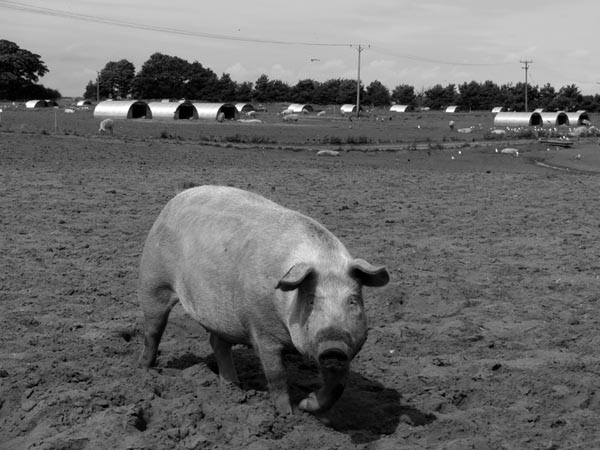News Analysis - Why food costs more
WORKERS, MAR 2013 ISSUE
Food prices have risen over the past year – spectacularly so in some cases. The Office for National Statistics reported that in November 2012 potatoes cost 43 per cent and carrots 44 per cent more than they did in the previous November.

Photo: Workers
These sharp rises were due largely to our wet summer. The Potato Council reports that 2012 saw the worst British harvest since 1976. Yield was down 15 per cent on the previous year, while waterlogged conditions meant the cost of harvest increased. Supermarkets have responded by widening the range of “acceptable” vegetables. So if you thought potatoes and carrots are not just more expensive but smaller and more interestingly shaped, you’ve not been imagining things.
But food price rises may not always be due to unseasonal weather patterns. Futures contracts are used by producers and processors to help hedge against price volatility – they allow future quantities of a commodity to be bought at an agreed price. For example, a buyer will agree to buy 9 metric tonnes of butter in 2014 for an agreed price. and a contract will be made.
But the contract can be sold on – leading to speculation.
Until recently, trading in food futures contracts was rare – they were considered high risk and were research intensive. However, with the advent of electronic trading (as opposed to floor trading) that seems to have changed. Major investment banks such as Goldman Sachs and JP Morgan have been promoting food derivatives to investment clients. They have created hedge funds aimed at generating profits by speculating on food prices.
In June 2010 the price of coffee beans rose by 20 per cent in three days. The World Development Movement (a London-based campaign group) argues that this was the result of a trader calling the bluff of hedge funds that had made millions by selling coffee contracts and betting on the price to fall. The trader’s action left hedge funds scrambling to buy actual coffee beans, and the price shot up from the extra demand. ■